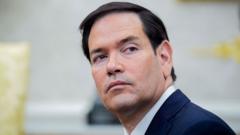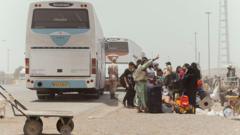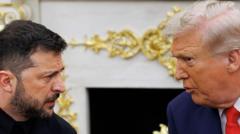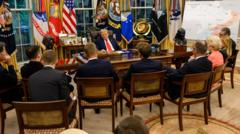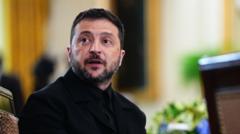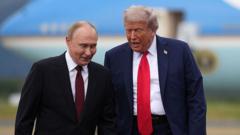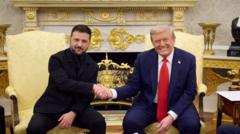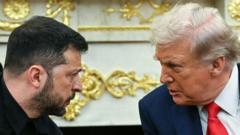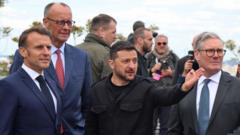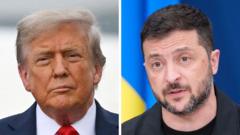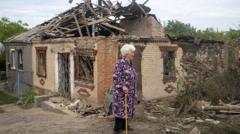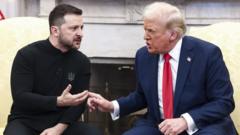In the wake of the 12-day conflict with Israel that has left both nations on edge, Iran conducted a state funeral for approximately 60 individuals, including prominent military commanders and nuclear scientists, in Tehran. The event highlighted the national mourning as coffins draped in the Iranian flag passed through crowds at Enghelab Square, where participants donned black attire, waved flags, and held portraits of the deceased. The mourning process was supported by state-organized media campaigns, providing transportation and closing government offices for the day.
**Iran's National Mourning: State Funeral for Military Leaders Amid Tensions with Israel**

**Iran's National Mourning: State Funeral for Military Leaders Amid Tensions with Israel**
Iran holds a poignant state funeral for military leaders and scientists lost in the recent conflict with Israel, as the nation grapples with grief and uncertainty.
Among those commemorated was Mohammad Bagheri, the top military official in Iran, buried alongside his wife and daughter after losing their lives to an Israeli strike. The furious conflict resulted in a reported 627 fatalities in Iran, with Israel acknowledging 28 casualties following missile assaults attributed to Iran. The funeral drew key figures, including Iranian President Masoud Pezeshkian and Rear Admiral Ali Shamkhani, who himself sustained injuries in the recent strikes.
As the situation escalates, US President Donald Trump reaffirmed his willingness to consider further attacks on Iran should intelligence suggest a rise in nuclear threats. His comments, perceived as highly disrespectful towards Iran's leadership, sparked a stern warning from Iranian Foreign Minister Abbas Araghchi, calling for a more respectful dialogue if an agreement is desired.
The fallout from the conflict raises questions regarding the extent of damage inflicted upon Iran's nuclear facilities, as the International Atomic Energy Agency (IAEA) continues to assess the situation. Its head, Rafael Grossi, emphasized that military actions alone cannot ensure the dismantling of Iran's nuclear capabilities; instead, a diplomatically negotiated resolution is essential.
Overall, Iran faces not only the mourning of lost lives but also a complex political landscape, with public sentiment reflecting both anger and support for national leaders amidst ongoing tensions with foreign powers.
As the situation escalates, US President Donald Trump reaffirmed his willingness to consider further attacks on Iran should intelligence suggest a rise in nuclear threats. His comments, perceived as highly disrespectful towards Iran's leadership, sparked a stern warning from Iranian Foreign Minister Abbas Araghchi, calling for a more respectful dialogue if an agreement is desired.
The fallout from the conflict raises questions regarding the extent of damage inflicted upon Iran's nuclear facilities, as the International Atomic Energy Agency (IAEA) continues to assess the situation. Its head, Rafael Grossi, emphasized that military actions alone cannot ensure the dismantling of Iran's nuclear capabilities; instead, a diplomatically negotiated resolution is essential.
Overall, Iran faces not only the mourning of lost lives but also a complex political landscape, with public sentiment reflecting both anger and support for national leaders amidst ongoing tensions with foreign powers.

